Thanks to the Architectural Digest staff members who worked on this article originally:
- Kristi Kellogg
- Rachel Fletcher
- Audrey Lee
For those of us whose hearts belong equally to our furry companions and the calming presence of greenery, the question of plant safety is paramount. The bad news is that many common plants are not safe for dogs. Certain plants can be toxic to pets when ingested, sometimes causing seizures, tremors, or worse. Even the most well-behaved animals are bound to take a bite of a houseplant at some point, so we researched to find advice on how to select ones that won’t harm the four-legged friends in our lives. Since we strongly endorse adding greenery to your home to clean your air and improve your mood while also making sure your furry friend is safe and sound, check out 8 of our favorite nontoxic plants that are safe for dogs, and 8 that we would TOTALLY with Rover, and suggest you do as well.
P.S. If you’re ever curious as to whether a certain plant is a safe investment for your home, the ASPCA also has an extensive list of plants to avoid (including both indoor and outdoor plants).
1. Rattlesnake Plant
The colors, distinctly shaped leaves, and easy watering schedule make the rattlesnake plant (a.k.a. Calathea lancifola) a great addition to a low-light living room. Can you imagine that funky purple on the undersides of the leaves against your midcentury chair? We can.
Care instructions:
Taking care of a Calathea Rattlesnake is easy. Keep its soil evenly moist, avoid midday or afternoon direct sunlight, and maintain warm temperatures and high humidity levels. Additionally, occasionally dust the leaves and rotate the pot monthly for optimal growth. Rattlesnake plants grow best in a loose, fast-draining soil that you can fertilize monthly (though hold off in the fall and winter). These guys thrive when placed in an ideal temperature range of 70–80 degrees F. They’ll need watering when the top of the soil feels dry to the touch; they also enjoy a spritz if their leaves are looking dry.
2. Spider Plant
A favorite among veterinarians, this plant is easy to grow indoors and incredibly resilient (yes, even to your black thumb!). Spider plants are also great air purifiers, so they can help get rid of your home’s toxins.
Care instructions:
Spider plants don’t like direct sunlight (it scorches their leaves). Though they’ll tolerate lower light conditions, indirect bright light in temperatures of 60–80 degrees F is where they flourish best. Spider plant propagation simply involves planting the spiderette in a pot filled with any lightweight potting mix. Be sure the pot has drainage holes in the bottom. You can leave the baby attached to the parent plant until the new plant takes root, then separate it from the parent by snipping the runner.
3. Parlor Palm
Stick one on a credenza or nightstand that’s not too close to a window, as this palm needs only a few hours of indirect light a day.
Care instructions:
Parlor palms are naturally slow growers that take several years to reach three to four feet tall. As we said, keep this guy out of direct sunlight and keep his soil evenly moist for the best results.The disadvantages of a parlor palm are that, as with many other indoor plants, parlor palm houseplants will occasionally become vulnerable to pests, diseases and other problems. Spider mites, scale and mealybugs can often be an issue. Cultural problems may crop up, too, such as an overwatered parlor palm that results in disease.
4. Calathea Orbifolia
The leaf pattern on this particular Calathea is exquisite, if you ask us. This houseplant needs partial shade, which makes it perfect for a plant stand or a shelf in a bedroom that doesn’t get much natural light.
Care instructions:
We mentioned that Calatheas don’t love the sun (it burns their leaves), but a regular watering schedule will also make sure your plant stays healthy and hydrated, as will keeping it in a room with temperatures of 60–80 degrees F (nothing below 55 degrees). It also enjoys ample humidity, so consider regular misting or keeping it near a humidifier.
5. Ponytail Palm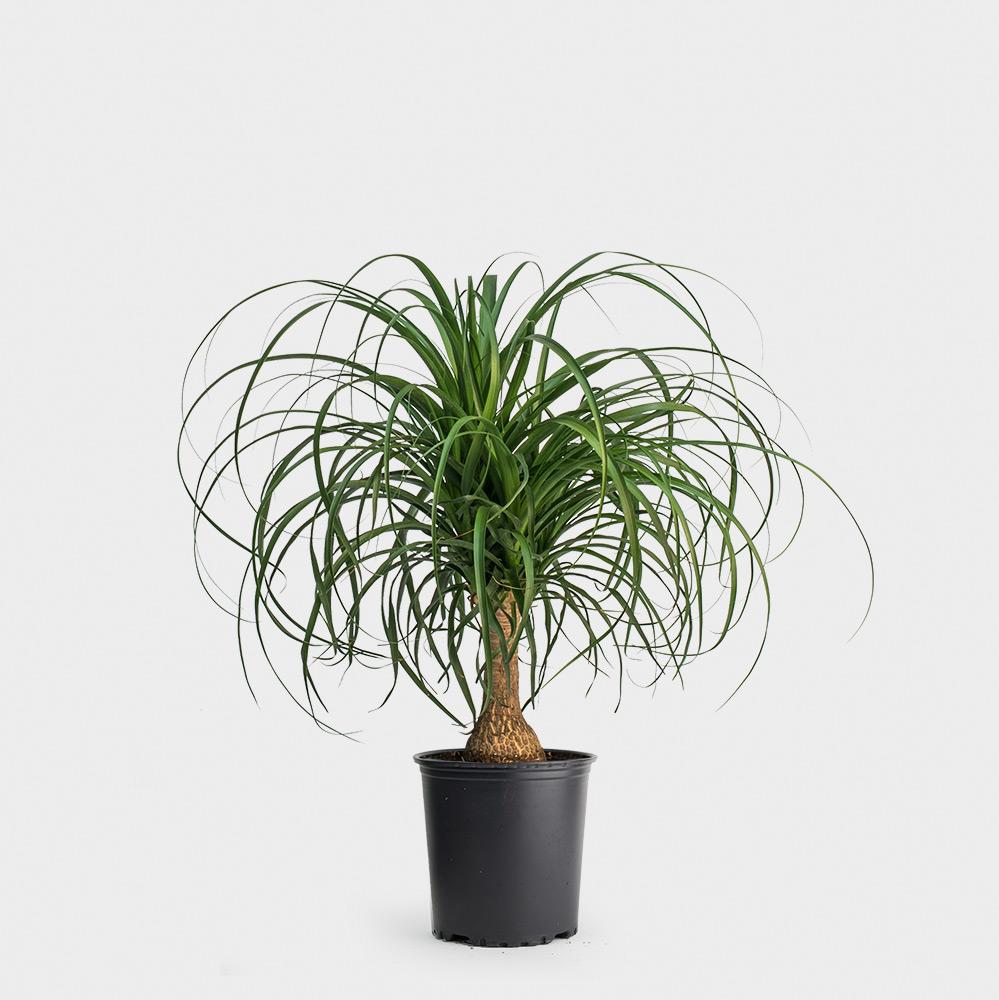
The ponytail palm, a.k.a. Beaucarnea recurvata, has so much character your pet might want to befriend it. Or swat at its draping fronds.
Care instructions:
Ponytail palms are ideal for the notoriously plant-phobic: They only need to be fertilized two to three times a year. They require dry soil, so be sure not to give them too much water.
6. (Certain) Succulents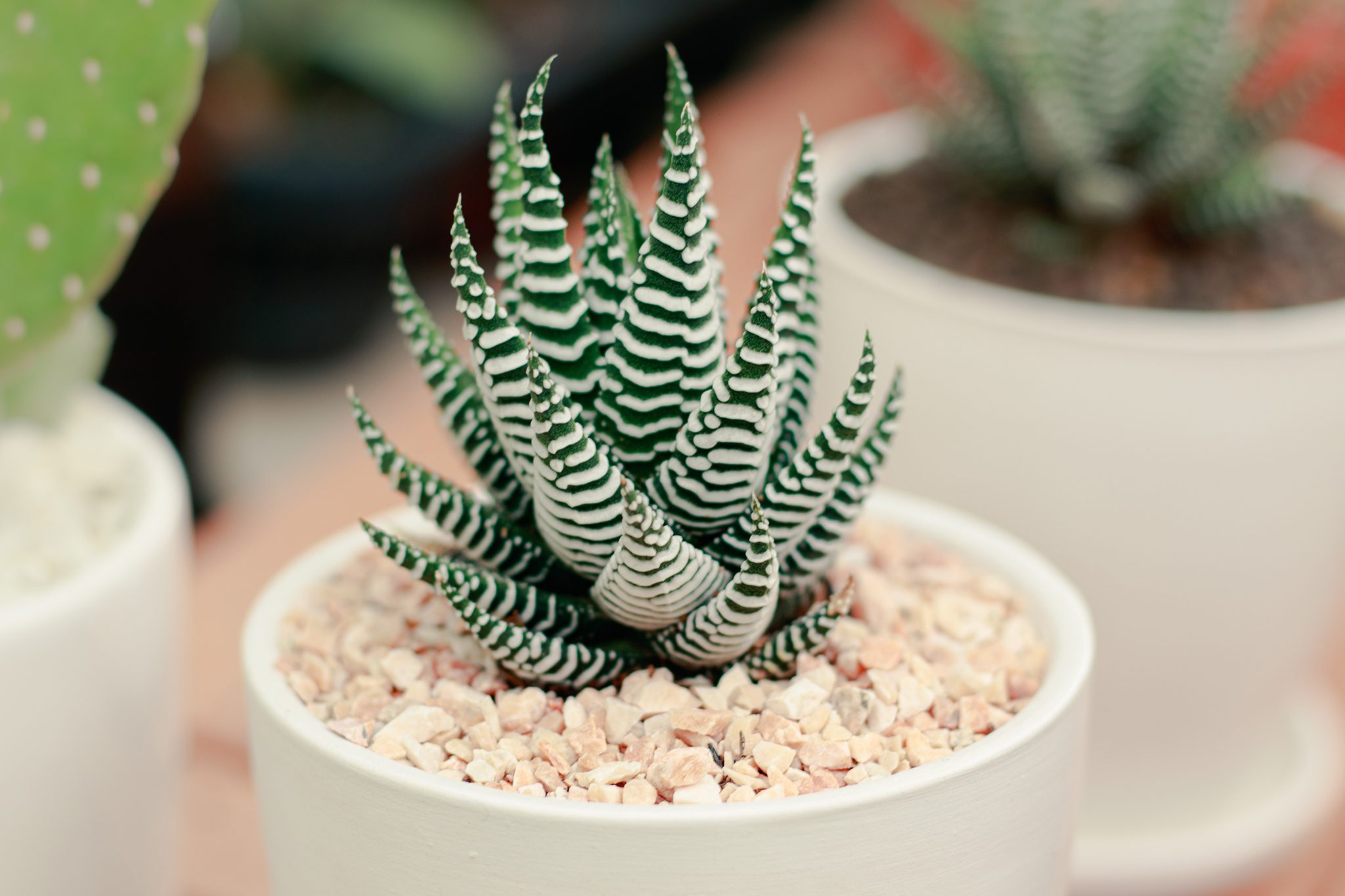
Add some pet-friendly succulents, like this Haworthia, Echeveria, or a group of air plants, to your countertop and you’re golden.
Care instructions:
Though you won’t have to do too much to care for these popular houseplants, you’ll want to make sure they get plenty of direct sunlight and light watering every two or so weeks. Make sure the soil is dry before you whip out the watering can.
7. (Certain) Herbs
Many popular herbal plants are safe for Fido. These include basil, lemon balm, dill, sage, parsley, rosemary, cilantro, savory, and thyme. Officially, nasturtium is ok, but the peppery sense may generate a sneezing frenzy, which I’m sure they won’t be crazy about. . Others, on the other hand are poisonous, including chives, onions, oregano, garlic and hops.
8. Venus Flytrap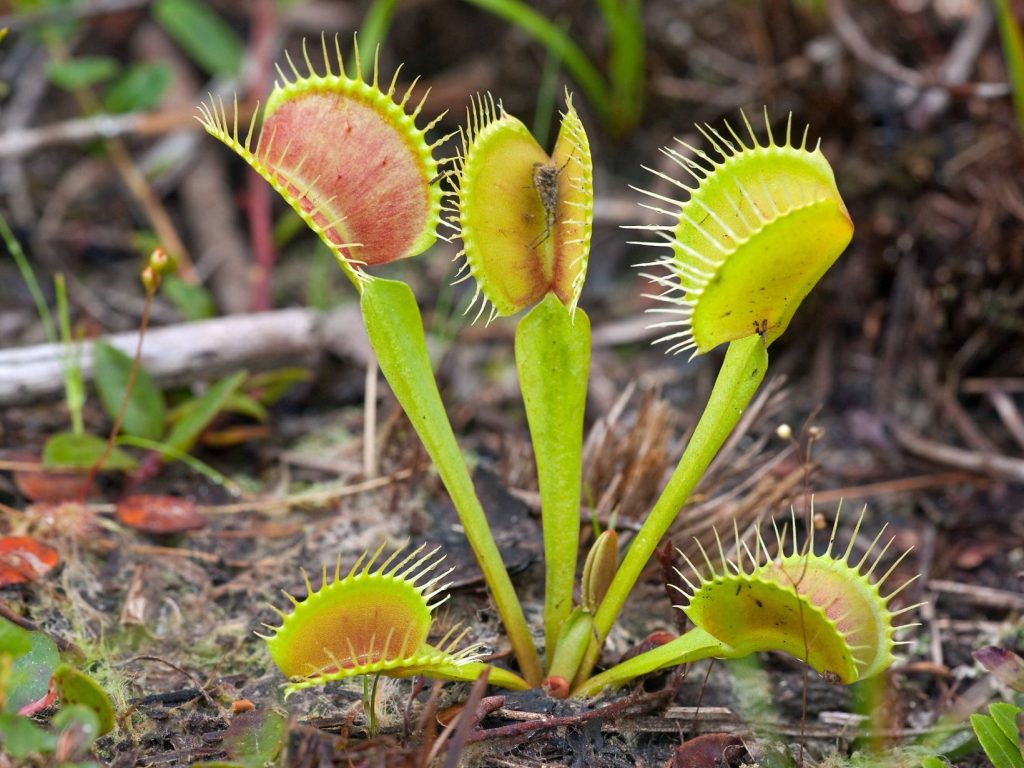
Not only is this plant pet-friendly, it’s also super low-maintenance. Keep your Venus flytrap happy by placing it somewhere that gets at least four hours of direct sunlight and watering it with distilled water. For soil, opt for peat moss or sphagnum moss. Placing the plant on a porch is ideal, as it can feed itself with passerby flies. It needs only one to two insects per month to sustain itself.
Care instructions:
Venus flytraps require some form of pure water, so in addition to distilled, reverse osmosis or rainwater should also work great. It’s also best not to let your plant dry out—the soil around its base should be damp to the touch.
These common household plants are the most toxic to your dog.
1. Tulip
Tulips can irritate your dog’s mouth and stomach if eaten. Most dogs will only experience drooling, sickness and diarrhea, but heart problems and difficulty breathing are also signs of more serious cases of tulip poisoning.
2. Lily of the Valley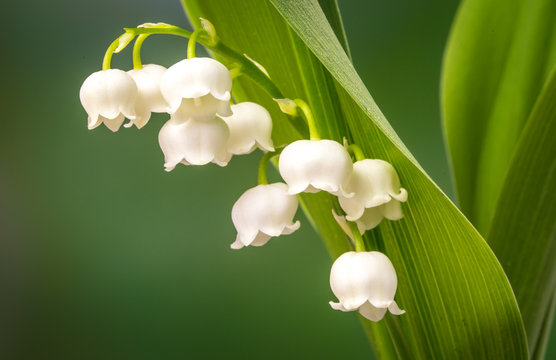
When dogs ingest lily of the valley, severe clinical signs can be seen, including vomiting, diarrhea, a drop in heart rate, severe cardiac arrhythmias, and possibly seizures. Pets with any known exposure to this plant should be examined and evaluated by a veterinarian and treated symptomatically.
3. Oleander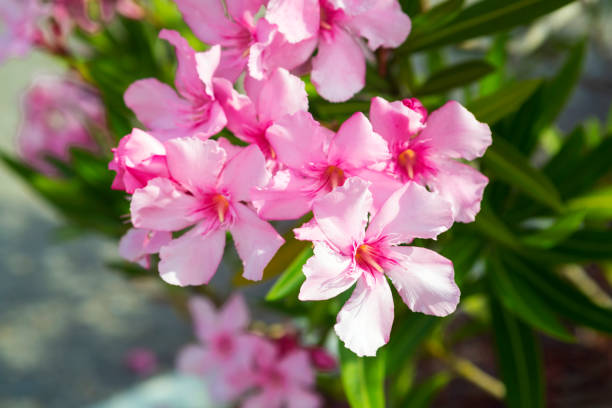
Oleander contains naturally-occurring poisons that affect the heart, specifically cardenolides called oleandrin. These poisons are in a group called cardiac glycoside toxins, and they interfere directly with electrolyte balance within the heart muscle.
4. Philodendron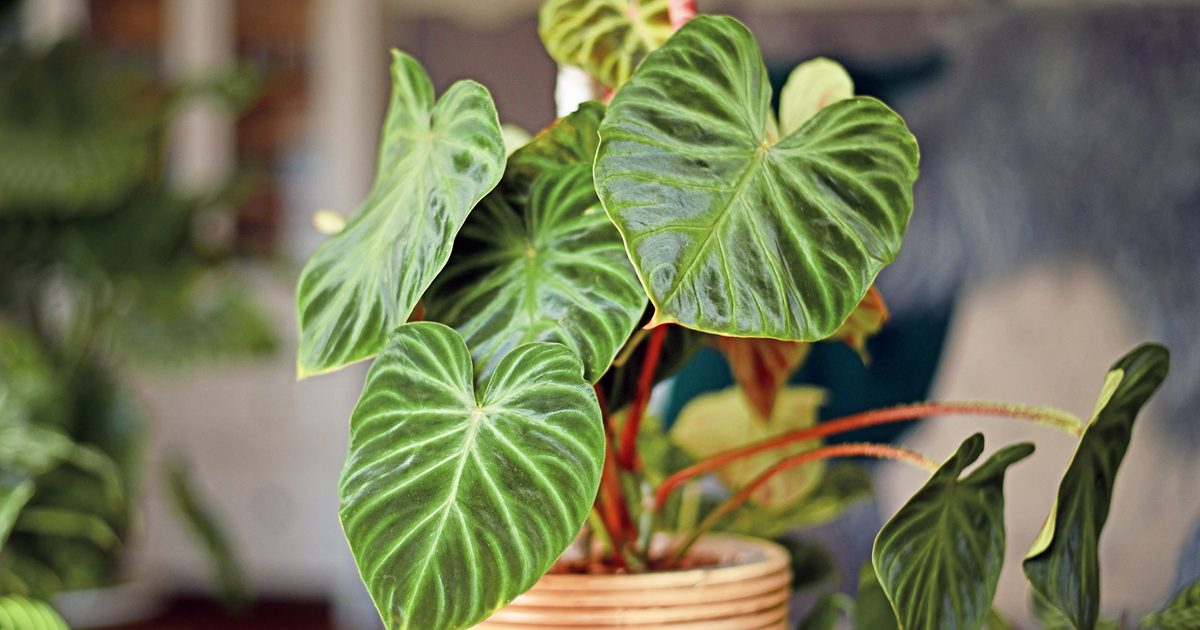
All parts of the plant contain insoluble calcium oxalate crystals which are bad news if ingested.
5. Rhododendron
All parts of the rhododendron plant are toxic for dogs. Symptoms include gastrointestinal upset followed by weakness, paralysis, and abnormal heart rhythms.
6. Dieffenbachia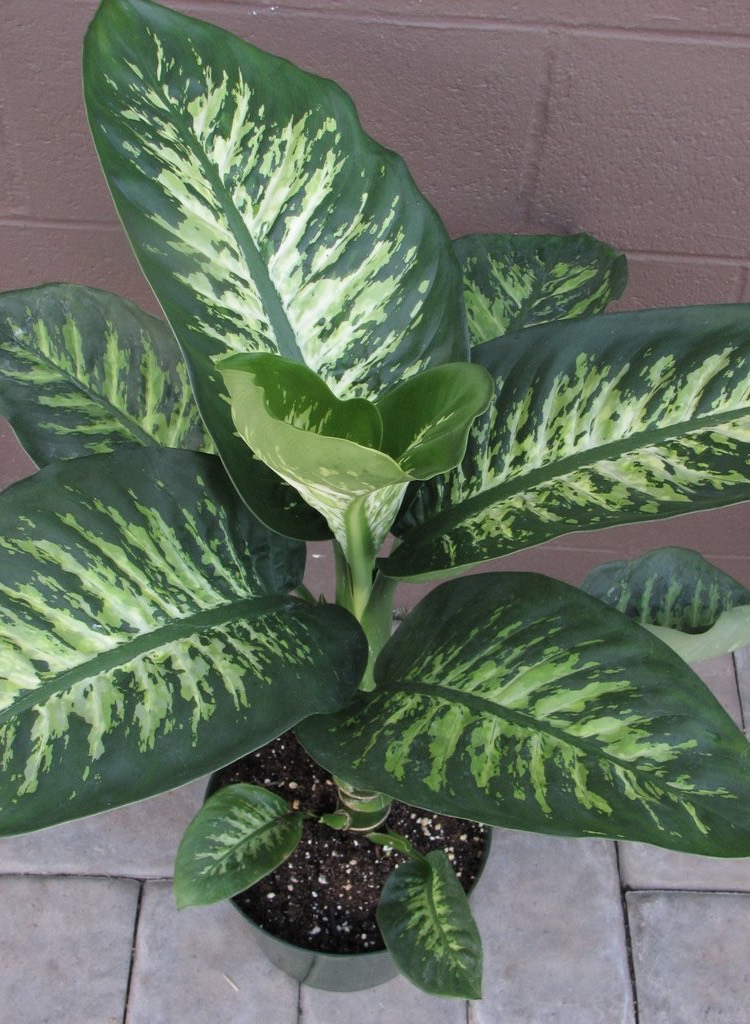
Dieffenbachia is generally known as Dumb Cane, Exotica or Tropic Snow and it’s poisonous to dogs. This plant’s harmful toxins can result in burning/swelling of the mouth and tongue as well as difficulty in swallowing, vomiting, and increased salivation.
7. Japanese Yew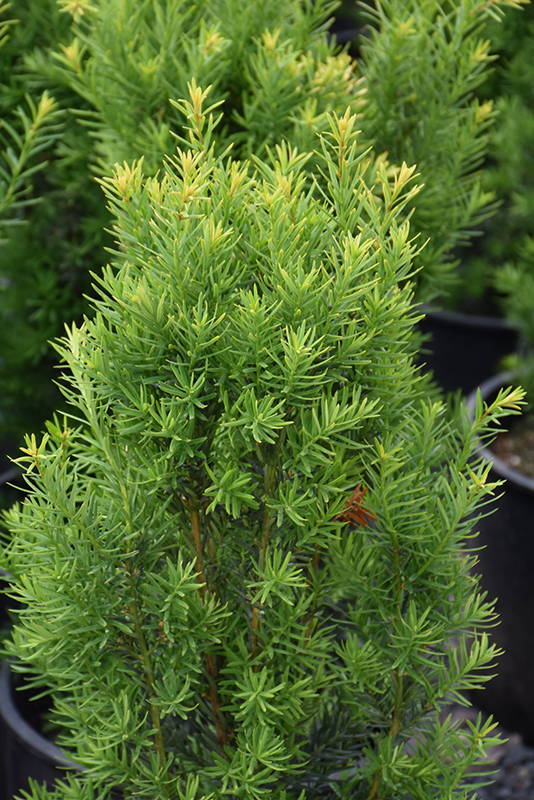
When ingested by dogs, clinical signs of drooling, vomiting, weakness, difficulty breathing, life-threatening changes in heart rate and blood pressure, dilated pupils, tremors, seizures, coma and death may be seen. This is especially concerning because recently, florists have started to use Japanese Yew to make wreaths for the holidays. So watch where your furbaby hangs around in the house if you celebrate holidays with wreaths.
8. Cyclamen
It is also called the Persian violet and Sowbread. Cyclamen contains irritating saponins, and when any part of the plant (especially the tubers or roots) are chewed or ingested by dogs and cats, it can result in clinical signs of drooling, vomiting and diarrhea.
So go ahead, bring the beauty of nature indoors or yard and enjoy the companionship of your pets, knowing that a harmonious and safe environment is within reach.
